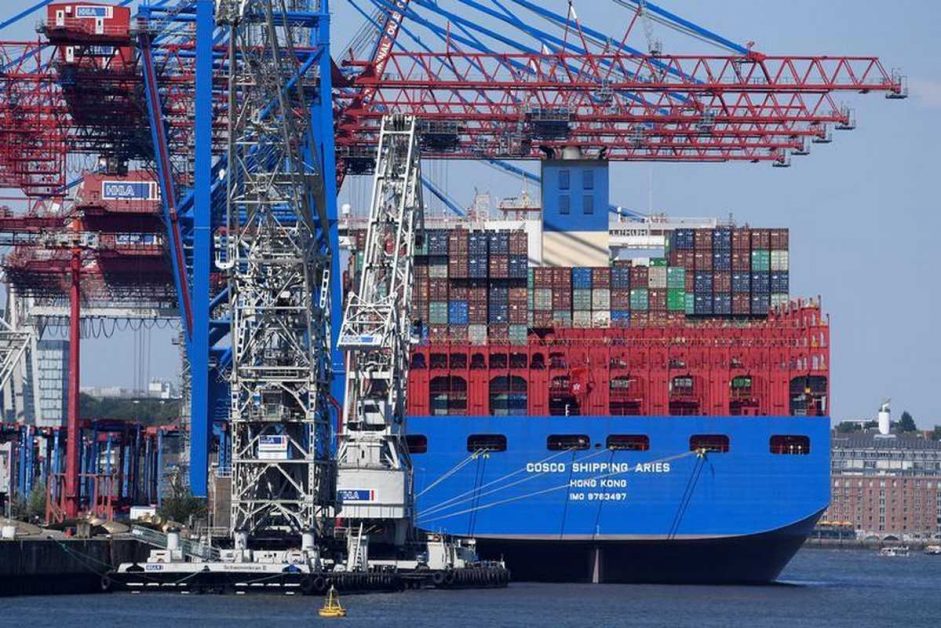Cold water is being poured on any optimistic outlook by some ocean carriers for a speedy recovery of the container industry from the impact of Covid-19.
In his latest assessment of the market, Bimco’s chief analyst, Peter Sand, said the current economic situation “provides no hope for a short-term recovery”.
“The coronavirus pandemic looks set to continue to hammer container shipping demand,” he added.
He said the lower demand that came when China shut down in February had passed, but had been replaced by a global demand shock as countries around the world entered lockdown as the epidemic spread.
Mr Sand believes “no sudden bounce back in demand” is expected, and noted that, even under the WTO’s most optimistic forecast, “container shipping demand will fall by 10%” this year.
“Sales of containerised consumer goods have been some of the hardest-hit by lockdown measures, and lower consumer spending power is likely to persist for a prolonged period,” he said.
And during a webinar organised by TOC Events this morning, SeaIntelligence founder Lars Jensen agreed. He said he could not see a rebound taking pace this year, especially given that retail inventory levels were now higher than they were at the beginning of the global financial crisis.
“Rebound in 2020 will depend on three factors: firstly, the virus needs to be gone; secondly, if the virus is gone consumers will need to start spending as they did before, and given how many people have lost their jobs this is extremely unlikely; and thirdly, we are shortly entering the peak season, which is when retailers stock up for Christmas – but is any retailer seriously predicting strong Christmas sales this year?
“My most optimistic prediction of a rebound is 2021,” he said.
Meanwhile, Mr Sand noted that the idle container ship fleet had reached a new record of 2.65m teu, due to the aggressive blanking of sailings by carriers, which has so far protected freight rates from collapsing.
But, he said, this strategy would be “tested in the coming months” and was only “temporarily hiding the losses”.
He explained: “While savings are made by not sailing, the empty ships are still generating loss on a daily basis – some operating costs are still present and financing unchanged, while not providing any income.”
Indeed, according to Hapag-Lloyd chief executive Rolf Habben Jansen, each blank sailing leaves carriers facing approximately 40% of the intended voyage costs.
Notwithstanding that ocean carriers must present an optimistic outlook to their shareholders, and not least their shipper customers, who worry about a repeat of the Hanjin Shipping bankruptcy in 2016, there is a more realistic view to be found when drilling down into the accounts of the container lines for the first three months of the year.
Maersk for example said within its Q1 interims that its full-year guidance “remains suspended”, while other carriers have highlighted the damage to their balance sheets that the pandemic is likely to cause.
Japanese shipping group NYK, a 40% equity holder of the merged ONE container line, warned in its full-year to 31 March, financial results yesterday that the impact of Covid-19 “will be immense”. It said it assumed April to June would be the “worst period” and that “economic activities will subsequently pick up at a moderate pace”.
But it cautioned: “We believe that the world will not be ‘post-corona’, but will co-exist with corona.”







